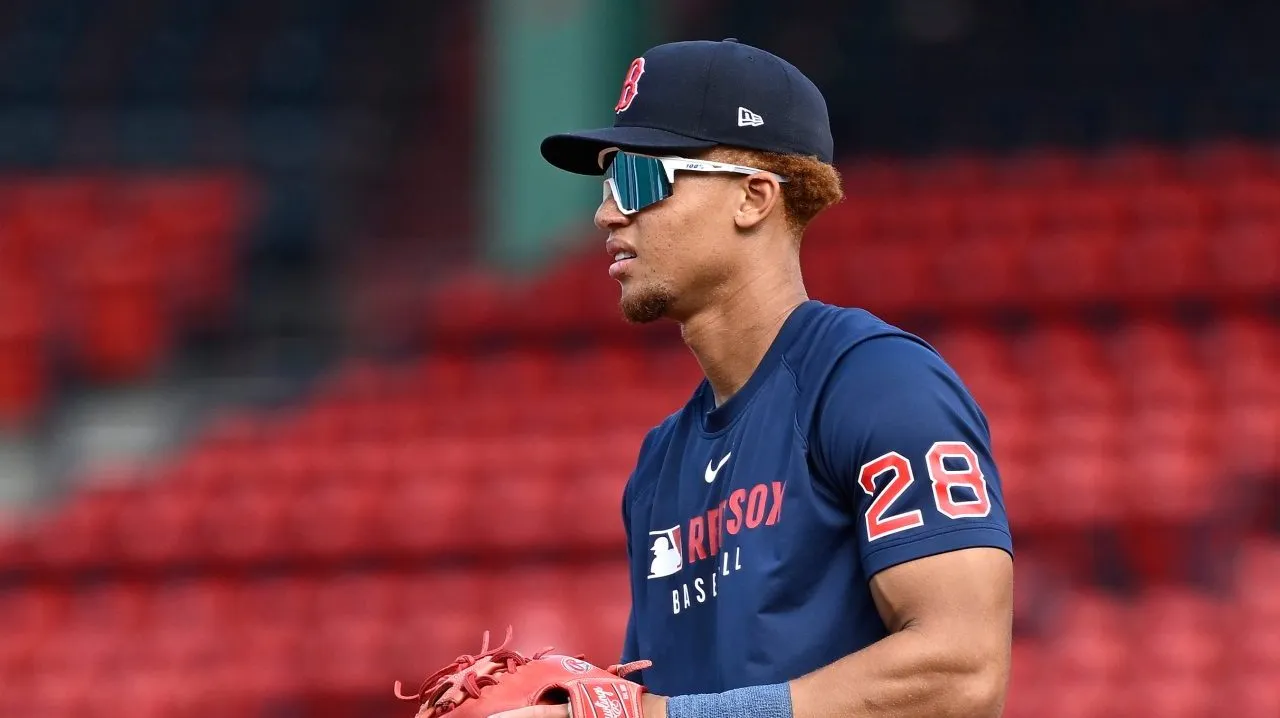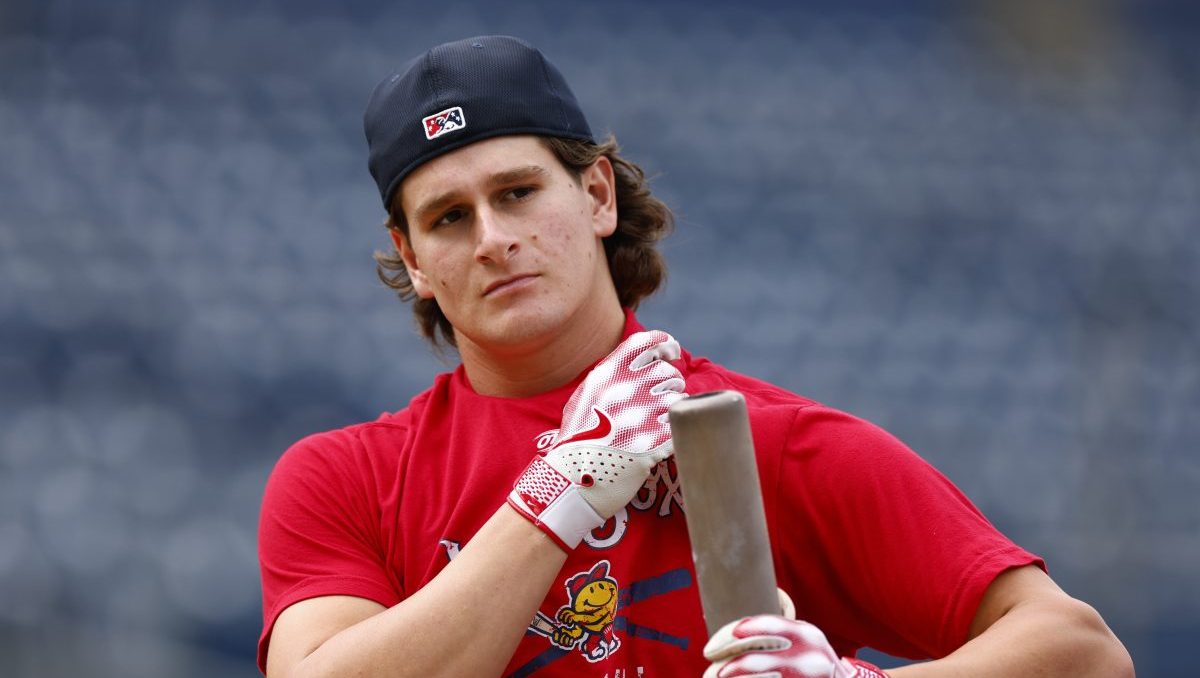Kyle Schwarber’s impact on the Red Sox after being added at the trade deadline is unquestionable, but what will it take for the team to re-sign the free agent slugger, and should they even want to?
Over his first six years and two months in the big leagues, Kyle Schwarber qualified as your prototypical nice player -- a little power, a little patience, a little limited. He could find a home in most lineups, but not necessarily a starring role.
And then came June of 2021.
It wasn't even the whole month, but June 12, to be precise. Schwarber homered leading off against Giants ace Kevin Gausman, propelling the Nationals to a 2-0 victory. He homered twice the next day in another shutout, and again the day after that in a win over the Pirates.
With our All Access Daily newsletter, stay in the game with the latest updates on your beloved Boston sports teams!
Tomase: Schwarber was made for Boston, but can Sox keep him?
He didn't stop homering for the next two weeks, embarking on one of the greatest power binges in baseball history. From June 12-29, a span of 18 games, Schwarber homered 16 times. He drove in 27 runs and the Nationals climbed on his back, going 14-4 to vault from last place to second in the NL East.
Just when it seemed Washington would become improbable contenders and trade-deadline buyers, however, Schwarber suffered a severe hamstring strain. Sixteen losses in 21 games to open July necessitated a yard sale, and Schwarber went first, shipped to the Red Sox for minor league right-hander Aldo Ramirez.
Schwarber continued hitting with the Red Sox, batting .291 with a .957 OPS and remaking their offense via his patient approach. Without Schwarber, the Red Sox don't sniff the playoffs, let alone reach the American League Championship Series. His grand slam in Game 3 against the Astros had the Red Sox thinking World Series for 24 giddy hours before Houston asserted itself and swept them away.
Boston Red Sox
Find the latest Boston Red Sox news, highlights, analysis and more with NBC Sports Boston.
Schwarber went hitless over the final three games, his bat silenced along with everyone else's, but it hardly detracted from his overall impact. In addition to sliding seamlessly into the lineup, he also integrated himself into the clubhouse and earned the respect of the fanbase by doing Everyman things like tipping his cap after a routine toss to first base in acknowledgement of his defensive limitations.
The Red Sox acquired Schwarber for the stretch run knowing that he'd decline his mutual option and become a free agent. His brief time in Boston showed what a great fit he can be, though, and so now Chaim Bloom and Co. must make a decision:
Is Schwarber the .230 hitter of his first six seasons, or the guy who figured it all out for about 80 games?
There's no easy answer. In a sport obsessed with sample sizes, it's not necessarily good business to give more weight to the last 300 plate appearances of 2021 than the 2,300 that preceded it. But then again, Schwarber broke out at an age (28) when a lot of sluggers put it all together.
On top of that, he didn't just excel via the eye test or what you'd find on the back of a baseball card. He also dominated the Statcast leader boards, ranking in the top five to 10 percent in everything from exit velocity and barrel percentage to walk rate and chase rate. He still whiffed a lot, but he dominated the strike zone in ways that makes the idea of letting him walk seem ludicrous.
"Obviously the run was the run," Schwarber said during the season. "You don't want to think that you're surprised by it because that's something that you prepare for every day. I think every player holds themselves to a very high expectation for themselves. The home runs were the home runs. When you hit that many, you just kind of sit back and laugh and just hope that feeling never goes away."
Leaving aside the question of Schwarber's fit -- he's not a great first baseman or outfielder, and DH is currently manned by J.D. Martinez -- the Red Sox can live with the square peg and round hole of the situation if he hits like he did last year.
That requires both faith that the real Schwarber is the one we saw for four months, and a near-total discounting of the previous six years.




